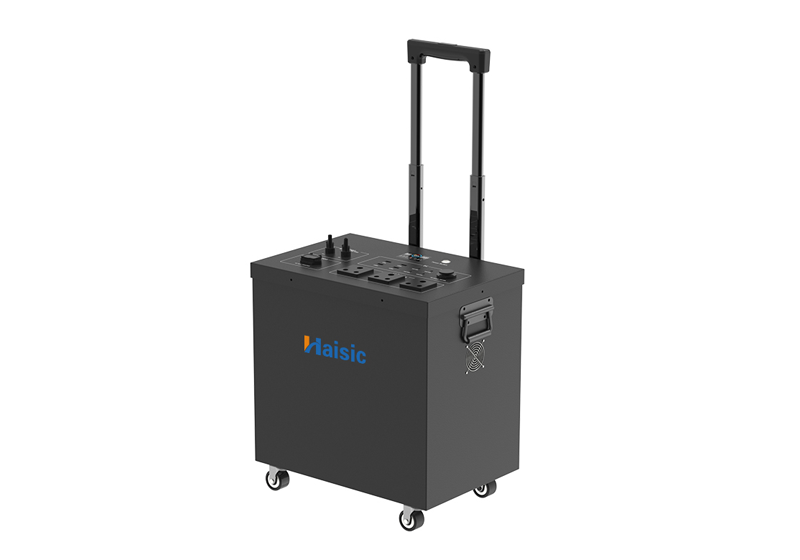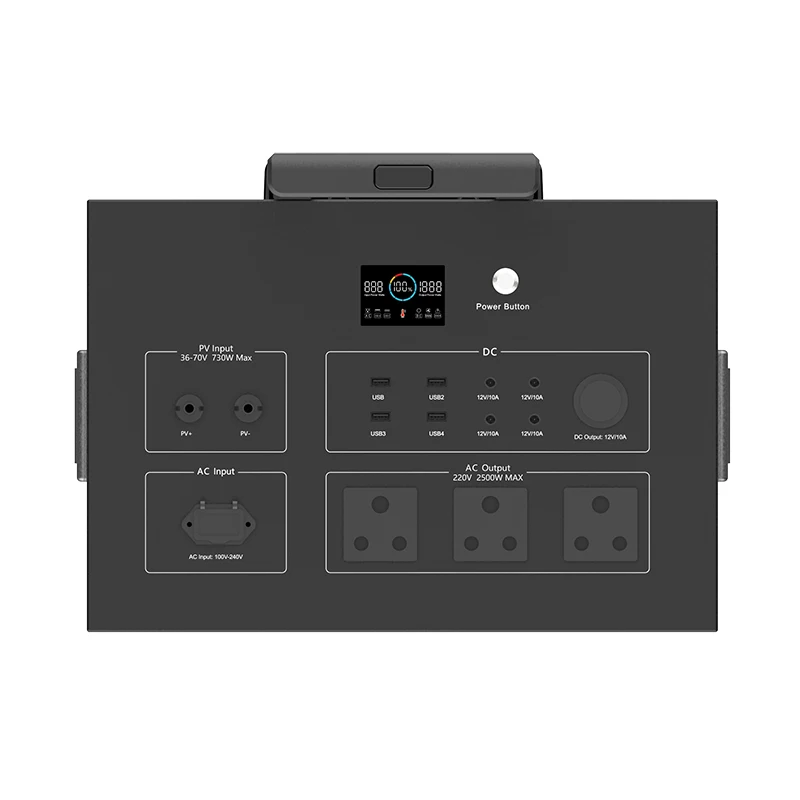Email format error
Email cannot be empty
Email already exists
6-20 characters(letters plus numbers only)
The password is inconsistent
Email format error
Email cannot be empty
Email does not exist
6-20 characters(letters plus numbers only)
The password is inconsistent


The need for energy storage solutions has been growing rapidly in recent years. As renewable energy sources such as solar and wind power become more prevalent, the ability to store excess energy for later use becomes crucial. This is where the 48V energy storage battery case comes in.
I. Understanding the Basics of Energy Storage:
Energy storage plays a vital role in today’s world by providing a reliable and efficient way to store and utilize energy. It allows for the integration of renewable energy sources into the grid, reducing reliance on fossil fuels. Various energy storage technologies, such as lithium-ion batteries, flow batteries, and compressed air energy storage, are being explored.
II. The Components of a 48V Energy Storage Battery Case:
The case consists of several key components that work together to ensure optimal performance. These components include:
Battery Cells: The heart of the system, battery cells store and release energy. In the case of a 48V energy storage system, multiple battery cells are connected in series to achieve the desired voltage. Lithium-ion batteries are commonly used due to their high energy density and long cycle life.
Battery Management System (BMS): The BMS is responsible for monitoring and controlling the battery’s operation. It ensures that the battery operates within safe limits, prevents overcharging or over-discharging, and balances the charge across individual cells to maximize their lifespan. The BMS also provides real-time data on the battery’s state of charge, voltage, and temperature.
Inverter: The inverter is an essential component that converts the direct current (DC) stored in the battery into alternating current (AC) for use in various applications. This allows the energy stored in the battery to be used to power electrical devices or be fed back into the grid.
Cooling System: To maintain optimum performance and prevent overheating, a cooling system is incorporated into the battery case. This system may include fans, heat sinks, or liquid cooling to dissipate excess heat generated during charging or discharging.
Safety Features: Safety is a critical aspect of any energy storage system. The case includes various safety features to protect users and the environment. These may include overcurrent protection, short circuit protection, temperature monitoring, and fire suppression systems.
III. Applications of 48V Energy Storage Battery Cases:
The case has a wide range of applications across different sectors. Some of the key applications include:
Residential Energy Storage: The 48V case is ideal for residential applications, especially for homes with solar panels or wind turbines. It allows homeowners to store excess energy generated during the day for use during peak demand periods or when renewable energy sources are not available. This helps reduce reliance on the grid and lowers electricity bills.
Commercial and Industrial Applications: The 48V case is also well-suited for commercial and industrial settings. It can be used to provide backup power during outages, ensuring uninterrupted operations and preventing financial losses. Additionally, it can help businesses manage peak demand periods by storing energy during off-peak hours and releasing it when demand is high, reducing electricity costs.
Electric Vehicle Charging Infrastructure: With the increasing adoption of electric vehicles (EVs), the demand for efficient and fast charging solutions is growing. The 48V case can be integrated into EV charging stations to store energy during low-demand periods and deliver it quickly during peak demand, enabling faster and more convenient charging. This helps alleviate strain on the grid and supports the widespread adoption of EVs.
Off-Grid Applications: In remote areas or locations without access to the grid, the 48V case can be used as a standalone power system. It can store energy from renewable sources like solar or wind and provide reliable power for off-grid homes, cabins, or telecommunications towers.
Microgrids and Community Energy Systems: The 48V case can be integrated into microgrids or community energy systems, where multiple energy sources and loads are interconnected. It helps balance supply and demand, smooth out fluctuations in renewable energy generation, and provide backup power during grid outages.
IV. Advantages of 48V Energy Storage Battery Cases:
There are several advantages of using 48V energy storage battery cases compared to other energy storage solutions. These advantages include:
Higher Efficiency and Lower Energy Losses: 48V cases offer higher efficiency in storing and releasing energy. They have lower energy losses during charging and discharging processes, resulting in a more efficient overall system. This means that more of the stored energy can be effectively utilized, maximizing the system’s performance.
Scalability and Modularity for Future Expansion: 48V cases are designed to be scalable and modular, allowing for easy expansion as energy demands increase. Additional battery modules can be added to the system to increase storage capacity without the need for significant modifications. This flexibility makes it a cost-effective solution that can adapt to changing energy needs over time.
Cost-Effectiveness and Return on Investment: 48V cases offer a cost-effective solution for energy storage. The decreasing costs of battery technology, coupled with the system’s efficiency, make it an attractive option for residential, commercial, and industrial applications. The ability to store and utilize excess energy during off-peak hours or from renewable sources can lead to significant savings on electricity bills and provide a good return on investment.
Environmental Benefits: By utilizing renewable energy sources and reducing reliance on fossil fuels, 48V cases contribute to a lower carbon footprint. They enable the integration of renewable energy into the grid, reducing greenhouse gas emissions and promoting a more sustainable energy future. Additionally, the ability to store and use excess renewable energy helps to reduce curtailment and waste.
V. Challenges and Future Developments on 48V Energy Storage Battery Case:
While the battery cases offer numerous advantages, there are still challenges to overcome and future developments to consider. Some of these challenges and developments include:
Overcoming Technical Limitations: One of the main challenges is addressing technical limitations such as limited energy density and cycle life of batteries. Improving the energy density of batteries will allow for more energy to be stored in a smaller footprint, while increasing cycle life will extend the lifespan of the battery system. Research and development efforts are focused on improving battery chemistry, exploring new materials, and optimizing battery designs to overcome these limitations.
Integration with Smart Grids and Renewable Energy Sources: To maximize the benefits of energy storage, seamless integration with smart grids and renewable energy sources is crucial. This involves developing advanced control systems and communication protocols that enable efficient energy management, grid balancing, and demand response. Integrating energy storage with renewable energy sources like solar and wind power can help smooth out fluctuations in generation and enhance grid stability.
Innovations in Battery Technology: The future of 48V energy storage lies in advancements in battery technology. Research is ongoing to develop new battery chemistries, such as solid-state batteries, that offer higher energy density, faster charging capabilities, and improved safety. These innovations will further enhance the performance and reliability of battery cases.
Cost Reduction and Affordability: While the cost of energy storage has been decreasing, further cost reduction is necessary to make battery cases more affordable and accessible to a wider range of users. Continued advancements in battery manufacturing processes, economies of scale, and government incentives can help drive down costs and make energy storage more economically viable.
Regulatory and Policy Support: The development and deployment of battery cases require supportive regulatory frameworks and policies. Governments and regulatory bodies need to establish clear guidelines and incentives to encourage the adoption of energy storage technologies. This includes providing financial incentives, streamlining permitting processes, and establishing standards for safety and performance.
Conclusion:
The 48V energy storage battery case is a revolutionary solution that is powering the future of energy storage. Its numerous advantages, including higher efficiency, scalability, and cost-effectiveness, make it an ideal choice for residential, commercial, and industrial applications. While challenges remain, ongoing developments in battery technology and integration with smart grids will continue to drive the advancement of 48V energy storage systems.